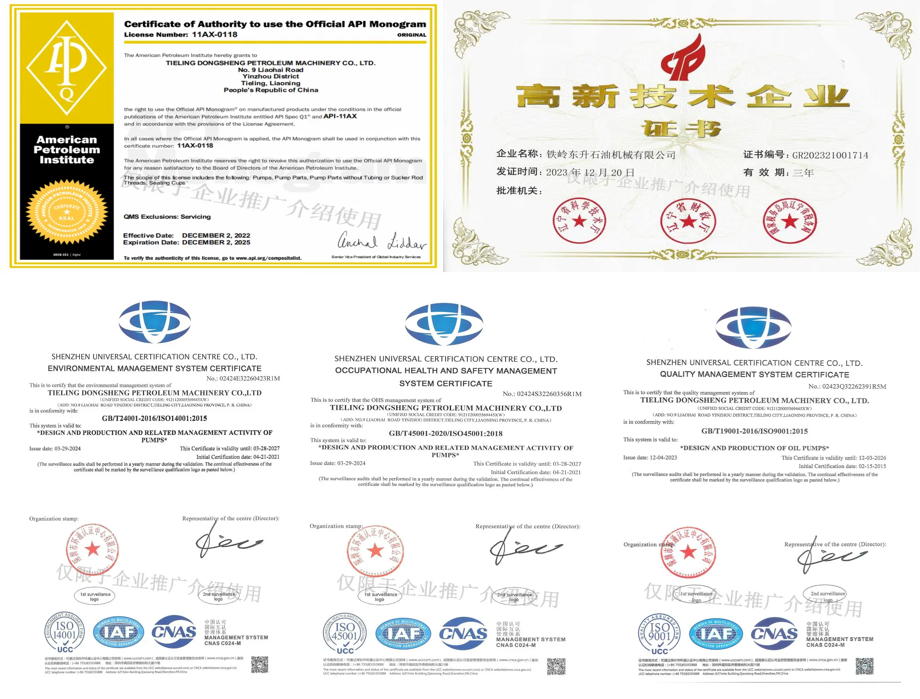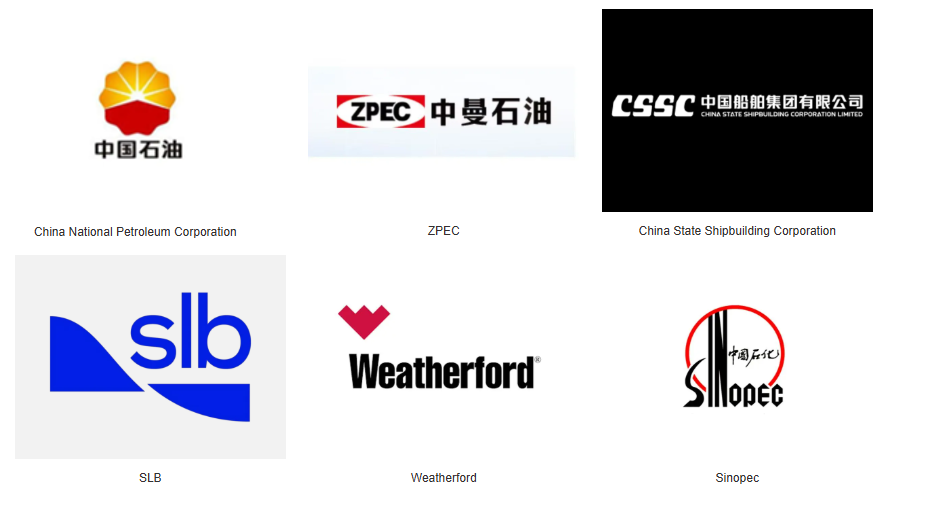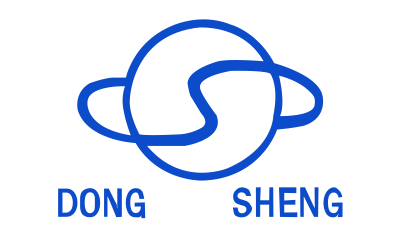Why are oil rod pumps so crucial and irreplaceable in oil production?
In the middle and late stages of oilfield development, formation energy declines, and crude oil can no longer flow to the surface on its own. Mechanical means must be used to lift the oil. Among all mechanical oil production methods, rod pumping is the most mature and widely used, accounting for over 60% of global onshore oil well production. Without the economical and reliable mechanical lift methods represented by oil rod pumps, sustained and stable commercial production would be impossible. So, how does this globally used rod pump system continuously lift crude oil to the surface?
Why can rod pumps continuously lift crude oil to the surface?
The American Petroleum Institute (API) classifies rod pumps into two types: plug-in and tubular. Both pumps have five main components: a plunger, a stroke valve, a pump barrel, a fixed valve, and a hold-down device. During operation, the fixed valve remains stationary, while the stroke valve reciprocates with the plunger. During the upstroke, the stroke valve closes, forcing the fluid upward. Simultaneously, the fixed valve opens, allowing fluid to flow in to prevent vacuum formation. During the downstroke, the fixed valve closes and the stroke valve opens. As the plunger moves downward, it displaces fluid from the pump barrel. This fluid, through the open stroke valve, enters the space above the plunger, becoming part of the fluid column that will be lifted during the next upstroke. This cycle repeats continuously during pump operation, achieving continuous crude oil lift.

How does the material of an oil rod pump affect oil extraction?
The material choice of an oil rod pump determines whether an oil well can be efficiently, stably, and economically extracted. It's not simply a matter of material selection; it's a systematic process that directly impacts production efficiency. The impact is primarily reflected in the following three aspects:
1. Determining equipment life and pump inspection intervals
Challenges: The downhole environment is harsh, subject to sand abrasion, H₂S/CO₂ corrosion, high temperature, and high pressure.
In wells with high sand content, ultra-hard materials such as tungsten carbide can increase wear resistance by 3-5 times, significantly reducing strain and pump sticking. However, for highly corrosive wells, stainless steel or nickel-based alloys can form a protective film that resists acidic media corrosion and prevents premature perforation or fracture of the pump body.
Extending pump inspection intervals from as short as a few months to over a year significantly reduces operational downtime.
2. Ensuring Production Stability and Recovery
A pump's plunger and barrel require a precise clearance. If this clearance increases due to wear or corrosion, the oil rod pump's sealing performance deteriorates, leakage increases, and efficiency drops. By maintaining dimensional stability at high temperatures through high-temperature alloys or by hardening to maintain a constant clearance, the oil rod pump's lifting efficiency remains consistently high.
3. Impact on Production Costs
Frequent well repairs and pump replacement costs are a huge burden in the middle and late stages of oilfield development. Although the initial investment in high-performance materials is higher, the oil rod pump achieves:
Reduced maintenance frequency: Reduces high well workover costs.
Reduced downtime: Increases valuable production time.
Adapts to more complex reservoirs: Makes it economically feasible to exploit difficult-to-recover reserves, such as those with high sand content and high corrosion levels.
During the mid- to late-stage of oilfield development, demand for replacement mechanical oil production equipment continues to rise. In particular, wear-resistant and corrosion-resistant oil rod pumps have become a key procurement priority for major oilfields, particularly for stable production in high-sand and high-corrosion wells.
Many international buyers prefer Chinese-made oil rod pumps due to their mature technology, stable quality, and high cost-effectiveness.

Currently, our oil rod pumps and supporting pump barrels have been successfully used in numerous domestic and international oilfield projects:
We are collaborating with Daqing Oilfield on supplying wellbore pump barrels;
We are providing a stable supply of brass pump barrels to Canadian customers;
We are collaborating on a rod pump project with Changqing Oilfield.
We also have long-term partnerships with internationally renowned companies such as Sinopec, CNPC, SLB, Weatherford, and ZPEC, earning high customer praise.

If you are looking for a high-performance and cost-effective oil rod pump supplier, please contact our engineering team for professional selection and project quotes. Email: jason@tldspm.com

